This is part of 45 Year Of Thrills, How to Love Comics’ celebration of 2000 AD’s 45th anniversary throughout 2022. Find out more and read other posts in the series here.
Despite being a fantasy comic in a predominantly science fiction anthology, Sláine has found itself in the pantheon of 2000 AD strips. It first appeared in 1983’s Prog 330, where it became a weekly staple alongside Judge Dredd and Rogue Trooper. With a mix of Celtic mythology and Robert E. Howard’s Conan the Barbarian, writer Pat Mills offered a unique take on sword and sorcery that appealed to many. While popular, Sláine would be catapulted to new heights in 1989 with The Horned God storyline.
2000 AD was in a transitionary period at this time. The anthology was starting to include full-colour strips into the mix. At first, the honour was exclusively for Judge Dredd. However, it became a no-brainer that Sláine needed the full-colour treatment when a young up-and-coming artist, Simon Bisley, was recruited. With his fully-painted artwork, Bisley brought a visual aesthetic to Sláine akin to Frank Frazetta, whose paintings graced the cover of numerous Conan the Barbarian novels. Clearly, it was the right decision. Not only is The Horned God a visually spectacular comic, but it also moved a lot of copies of 2000 AD during its publication.

The Horned God picks up from the previous story, with Sláine now the leader of his tribe. There’s a significant amount of exposition at the beginning to get readers who are unfamiliar with the comic up to speed. While exposition can be clunky, this example finds a workaround by being incorporated into a written account by supporting character and comic relief Ukko. Ukko’s interpretation of accounts allows for humour. Sometimes he’s an unreliable narrator, making himself more favourable, and is often corrected by Nest, his editor.
Once the exposition is out of the way, The Horned God can start in earnest. With Sláine leading his tribe, he rid the world of the evil forces that make it unbearable. However, to do so, under the guidance of a sovereignty goddess, he will need to unite the various tribes, collect their artefacts, and become the Horned God.

However, there are many conflicts before reaching that goal, with many trying to stop them in his quest. Some are villainous, and others would be considered allies. In this latter scenario, the druids try to devalue the goddess’ advice in favour of masculine elements of the lore. Through this, Mills, who did copious amounts of research, uses The Horned God to reclaim the matriarchy of the original mythology. Not only does Sláine respect the goddess’ authority and divinity, but he goes against their advice, which is seen as out of touch and self-serving.
This works into Sláine’s character, where Mills has built a barbarian that doesn’t fit the usual mould. In The Horned God, he’s willing to grow and become more mature. Sláine loves a bloody battle, but that kind of violence is a last resort. He could easily use force to gain the artefacts that he needs from the other tribes. Instead, he opts to go down a diplomatic route to achieve his goals and show leadership. This separates him from many of the barbarian characters of pop culture, who often opt for force straight away.

I mentioned earlier that Bisley’s art was reminiscent of Frank Frazetta. To some extent, that’s true. It’s hard not when both artists painted similar subject matter. Additionally, Frazetta’s depiction of Conan the Barbarian visually defined sword and sorcery. However, the Frazetta comparisons should be a jumping-off point to discuss what makes Bisley unique.

Bisley takes a more “extreme” approach to rendering his characters. Frazetta’s muscle-bound figures fell into shapes that were humanly possible – the lean-muscular build of some Conan depictions or a fantasy equivalent of a bodybuilder. On the other hand, Bisley took that as a suggestion and added extra large muscles. At times, the bodies are bulking, with bulging proportions. This expectation is set on the first page with an image of Sláine as the Horned God. Bisley takes up a whole page (something rare in 2000 AD due to limited page allocation) to show off the title character as a large muscular being. He’s holding a giant sword in one hand and a burning spear in the other, accompanied by a helmet with protruding antlers. To bring it all home, the little background that can be seen behind the huge frame depicts a fantasy landscape – something you might see in Lord of the Rings – and cracks of lighting. It’s all very metal.
From a comics perspective, this kind of extreme figure was a contemporary trend, with artists like Rob Liefeld and Todd McFarlane leading the charge in the US. However, Bisley’s fantasy art accommodates this well as the rest of the visuals selling the suspension of disbelief.
It also justifies the use of ultraviolence. It’s no secret that sword and sorcery stories can be violent. However, it doesn’t feel out of place like it might in a superhero or science fiction comic. The genre tropes – such as heroes with massive swords and harsh environments – set expectations. So when readers encounter the bursting of blood or the cutting off of limbs, it might be shocking on a spectacle level, but it’s not out of place.
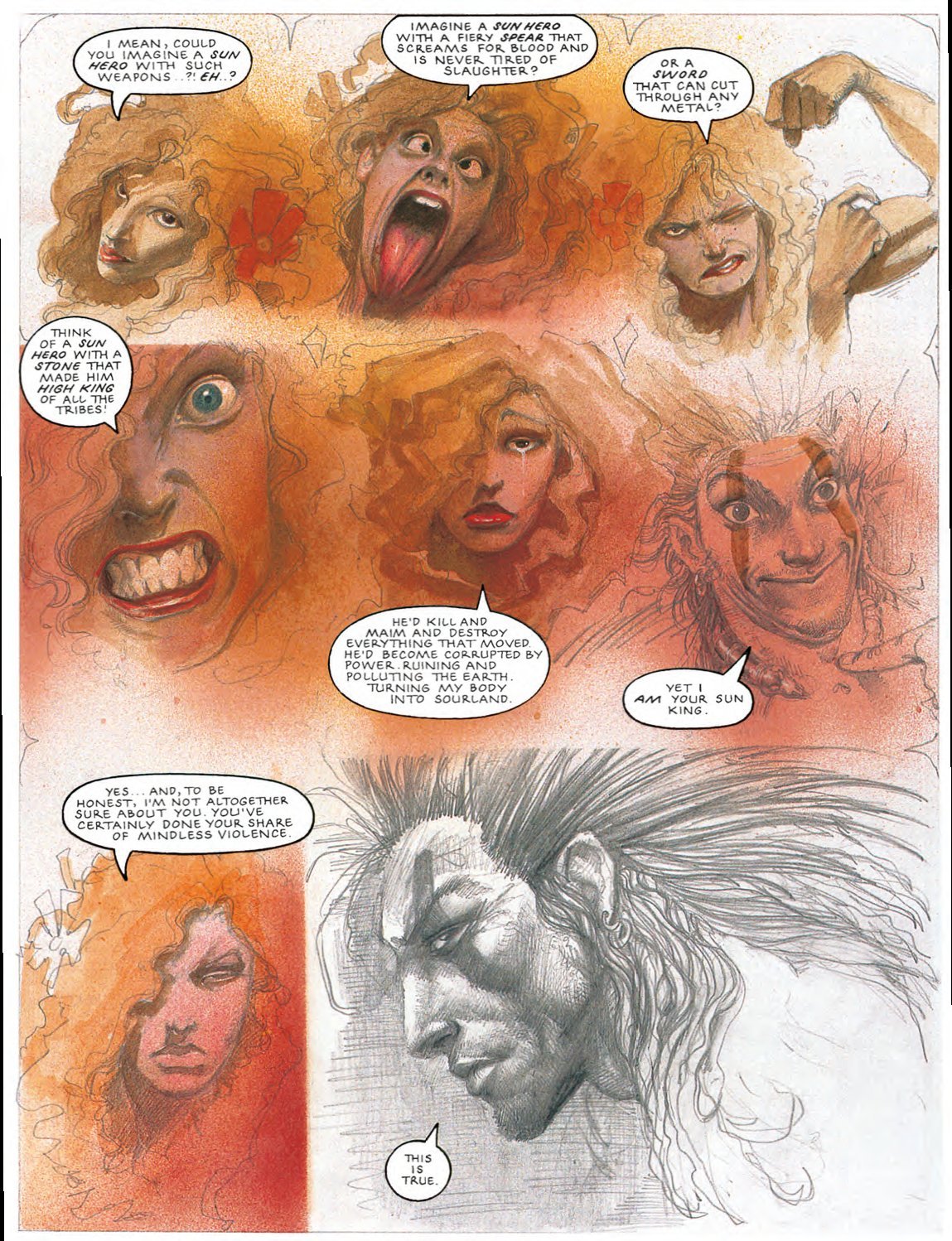
Bisley’s art can also be animated. Here, he gives up a bit of rigidity in favour of using squash and stretch animated techniques. These work in the light moments to make characters more expressive. A great example is the image above, which shows several expressions in quick succession. Throughout this discussion, the Goddess’ face changes shape to fit and exaggerates the emotion portrayed. Her eyes and mouth, accompanied by a lengthy tongue, grow in the lighter moments. Gritted teeth and smaller eyes show exaggerated anger. Ukko is another example of this at work, where his long dwarf ears, big teeth, and long face come into play. These features work really well for someone who’s the comic relief.
Sláine: The Horned God is a visually impressive comic. Through its title character and the themes it explores, it flips sword and sorcery on its head to give an engaging and well-research tale. While the violence may not be to everyone’s taste, it’s hard not to marvel at Simon Bisley’s impressive art that goes beyond its initial Frazetta comparisons.
Slaine: The Horned God has been collected in trade paperback and hardcover and can be found at all good comic book shops, online stores, Amazon/Kindle, eBay, and the 2000 AD Webshop.
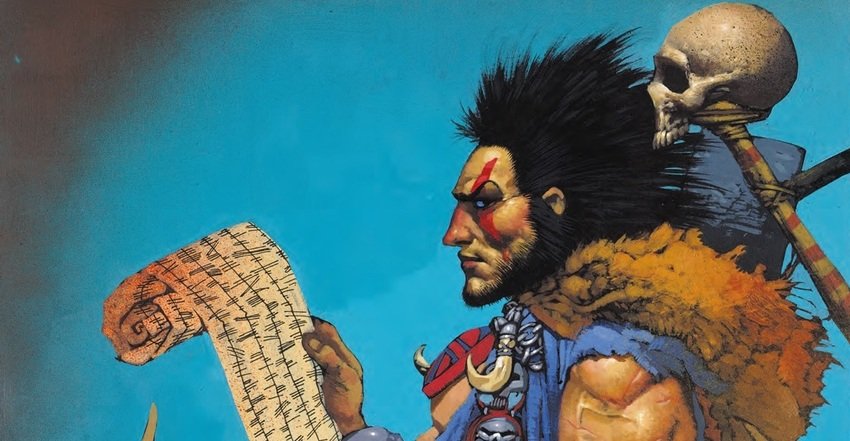
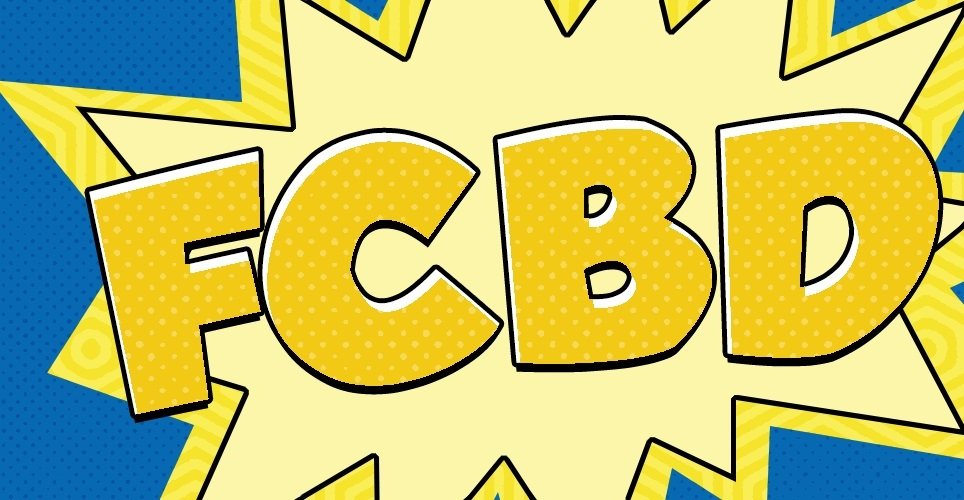

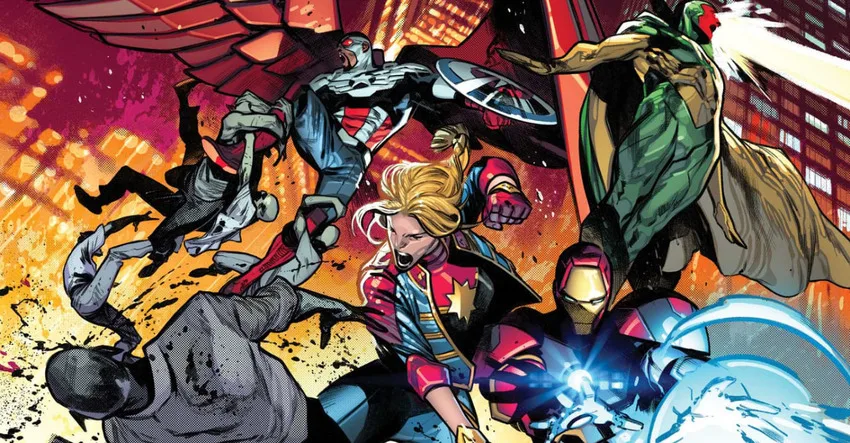
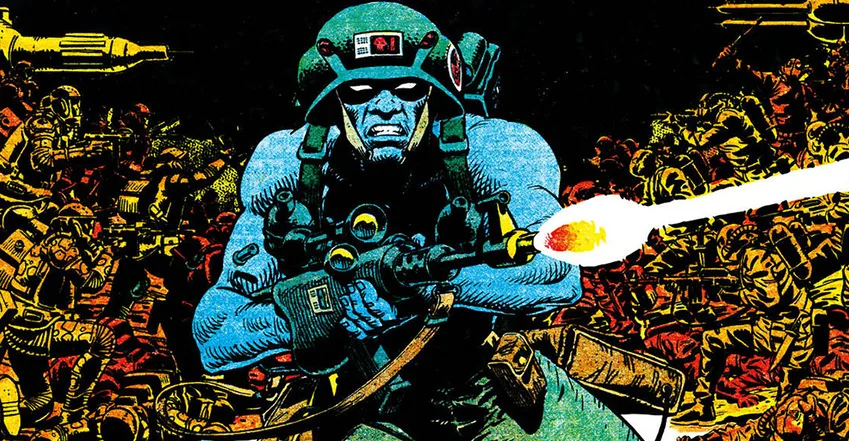
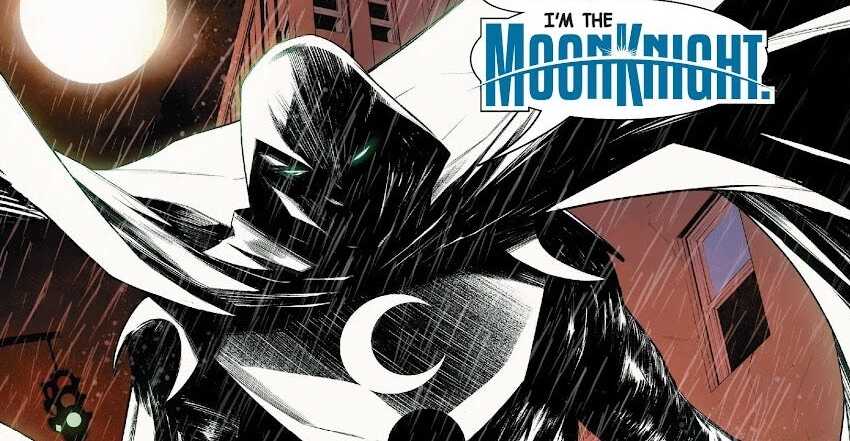




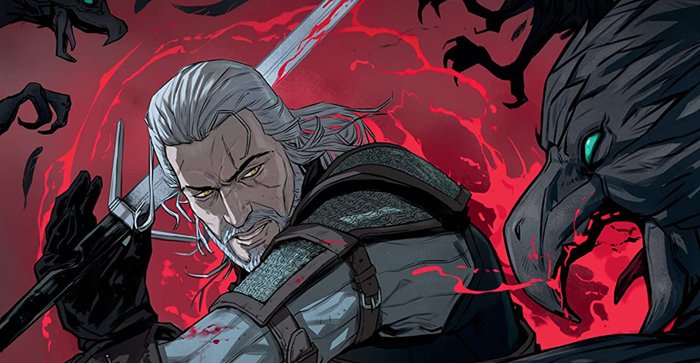

Leave a comment